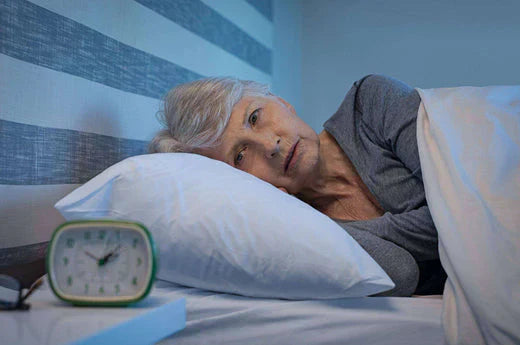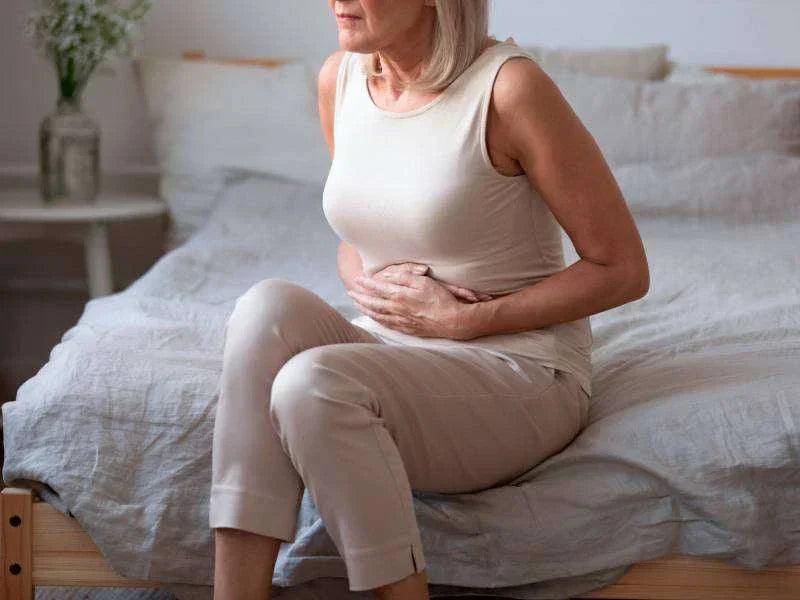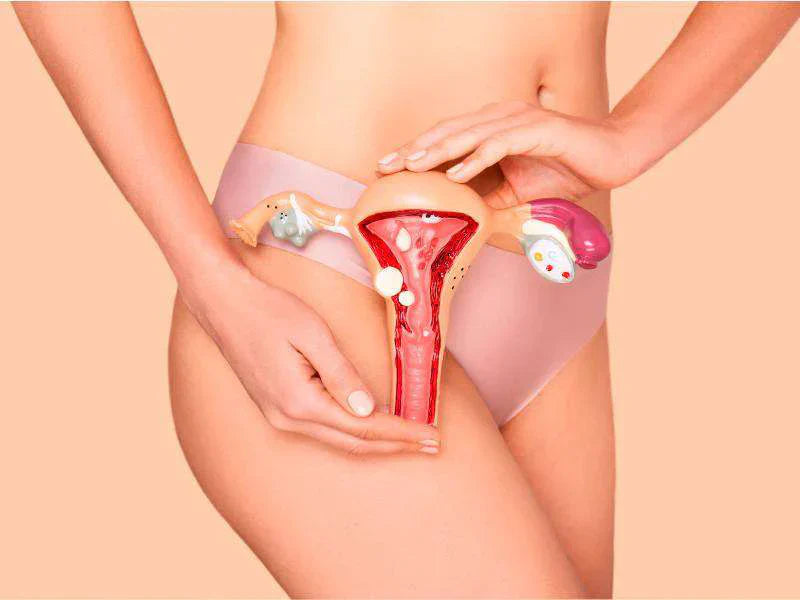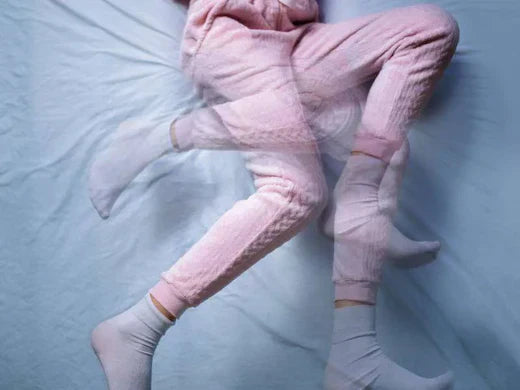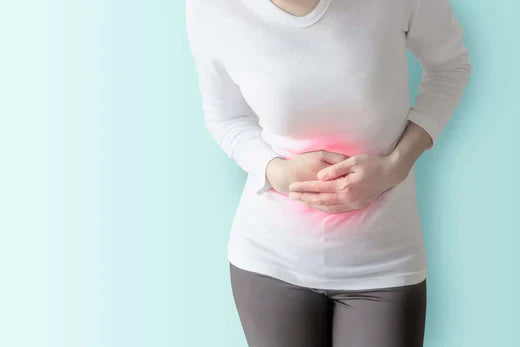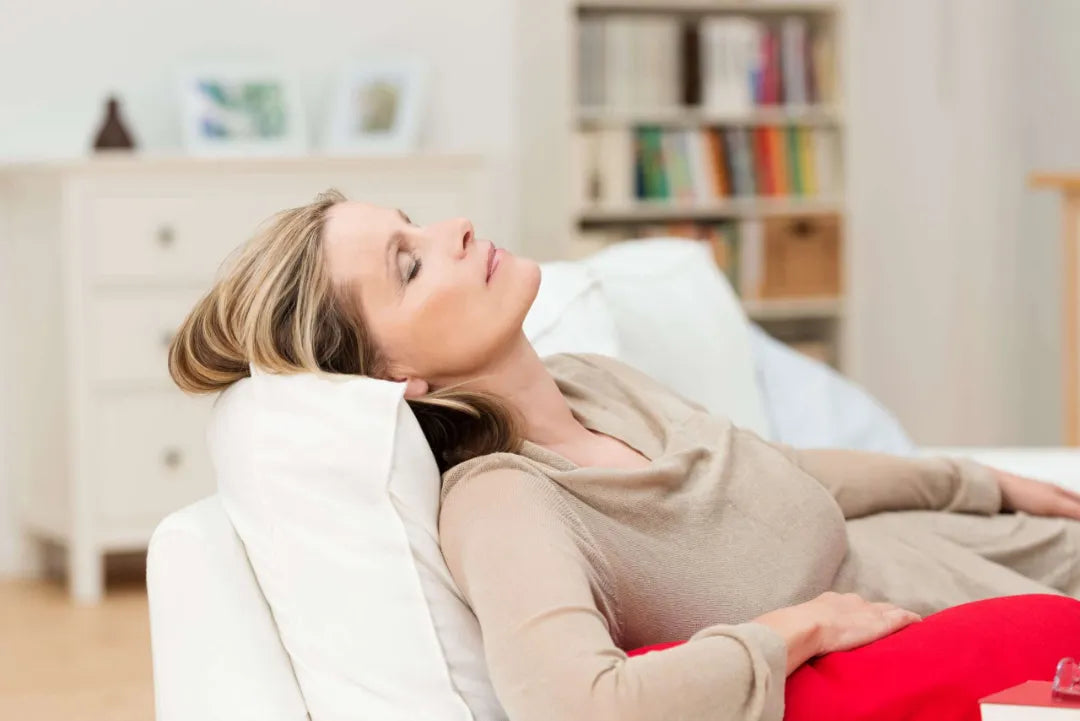Sleep disorders are problems relating to night-time rest. These include difficulty falling asleep or staying asleep, problems adopting a regular schedule, excessive daytime sleepiness, and abnormal behaviour that disrupts sleep. More than 100 different sleep disorders can affect your overall health and well-being (Medline Plus, 2020). According to the Office on Women's Health (OASH, 2018), many women may have difficulty sleeping through the night during menopause. Low oestrogen levels can cause hot flushes that result in sweating. Some women may even experience nocturia (a urinary symptom that causes them to get up several times during sleep to urinate). Here are the most common sleep disorders during menopause and treatment and prevention measures.
Most common sleep disorders during menopause
The onset of menopause is marked by physical and emotional changes that affect your body. It is a very complex stage that leads to hormonal disturbances and sleep disorders. During menopause, they occur in varying degrees of intensity (chronic or transitory). The most common are insomnia, sleep apnoea, and restless legs syndrome (European Sleep Institute, 2020).
1. Insomnia
Insomnia is difficulty falling asleep or staying asleep. It is one of the long-lasting sleep disorders that affects more than 30% of women during menopause. It is characterised by having at least three nights of disrupted sleep per week for a minimum of 3 months (Instituto de la Menopausia, s.f.). Suffering from insomnia can often bring with it other symptoms. These include frequent awakenings, difficulty getting back to sleep, low energy, irritability, and fatigue. It can also be accompanied by anxiety or depression, leading to problems concentrating and working. It can affect your quality of life and cause health problems that can ultimately increase the risk of heart disease (Instituto de la Menopausia, s.f.).
2. Obstructive sleep apnoea
Obstructive sleep apnoea (OSA) happens when abnormal breathing patterns occur during sleep. They cause you to stop breathing for more than a minute and up to 60 times during the night. It is caused by obstruction of the airways, causing breathing to stop. And when this happens, the body's natural reaction is to wake up, which affects deep sleep phases (Texas Heart Institute, s.f.). The risk of OSA in women increases after menopause. It is thought be due to age and the hormonal changes you experience during this lifestage. The most common sign of OSA is snoring, but you may have other symptoms such as tiredness, shortness of breath, headaches and a sore throat (Texas Heart Institute, s.f.).
3. Restless legs syndrome
Restless legs syndrome (RLS) is a sleep movement disorder. It causes unpleasant symptoms such as itching and tingling sensations. You feel as if something is crawling on your legs and feet, which creates the need to move them. The movement constantly occurs every 20 to 40 seconds, which can cause you to wake up during the night and then have trouble sleeping (NICHD, 2018). Women are more likely to suffer from RLS than men. Therefore, it is one of the sleep disorders that can occur during menopause, especially if you experience stress or emotional disturbances such as anxiety and depression at this stage. The sensations can last for an hour or more and are worse by lying down or sitting for prolonged periods (Medline Plus, 2019; European Sleep Institute, 2020).

Sleep disorders: treatment and recommendations
The primary treatment to help prevent these disorders is cognitive-behavioral therapy. It consists of good sleep hygiene. It focuses on managing common thoughts, worries, and behaviours that interfere with sleep (Schwab, 2020). During menopause, you can apply measures to your daily routine that will help you to improve your sleep and have a healthy life. The main ones are (OASH, 2018; NIA, 2017):
- Get regular exercise early in the day to get a good night's sleep. Activities such as yoga and stretching can help improve sleep disorders and hot flushes.
- Stick to your sleep schedule. Go to bed and get up at the same time every day.
- Avoid taking long naps during the day.
- Establish a bedtime routine such as reading a book, listening to relaxing music, or taking a warm bath.
- Limit TV, phone, or computer use close to bedtime.
- Keep your room dark, cool, and as quiet as possible.
- Avoid eating, drinking alcoholic beverages, or smoking before going to bed.
- Try not to drink coffee or tea containing caffeine at the end of the day.
- Train your brain. If you wake up during the night and can't sleep, get up and do something relaxing until you feel sleepy again.
Not getting enough sleep can affect your quality of life. Sleep disorders during menopause can make you feel irritable or depressed. Over time, they can even lead to health problems such as heart disease and emotional disturbances such as anxiety. In general, good sleep hygiene and improving your sleeping habits will help prevent them.
References
European Sleep Institute. (2020, January 17). Sleep disorders during menopause. Tips for better sleep. https://institutoeuropeodelsueno.cl/trastornos-del-sueno-durante-la-menopausia-consejos-para-dormir-mejor/
Instituto de la Menopausia. (s.f.). How long does menopausal insomnia last? https://www.institutodelamenopausia.com/divulgacion/sintomas/cuanto-dura-el-insomnio-en-la-menopausia
Eunice Kennedy Shriver National Institute of Child Health and Human Development (NICHD). (2018, September 7). What are some common sleep disorders? https://espanol.nichd.nih.gov/salud/temas/sleep/informacion/trastornos
National Institute on Ageing (NIA). (2017, May 13). Menopause and sleep problems: What can I do? https://www.nia.nih.gov/espanol/menopausia-problemas-dormir-puedo-hacer
Medline Plus. (2020, January 29). Sleep disorders. https://medlineplus.gov/spanish/ency/article/000800.htm
Medline Plus. (2019, June 23). Restless legs syndrome. https://medlineplus.gov/spanish/ency/article/000807.htm
Office on Women's Health (OASH). (2018, May 22). Symptoms and relief from menopause. https://espanol.womenshealth.gov/menopause/menopause-symptoms-and-relief
Schwab, R. (2020). Approach to the patient with a sleep/wakefulness disorder. https://www.msdmanuals.com/es/professional/trastornos-neurol%C3%B3gicos/trastornos-del-sue%C3%B1o-y-la-vigilia/abordaje-del-paciente-con-un-trastorno-del-sue%C3%B1o-o-la-vigilia
Texas Heart Institute. (s.f.). Obstructive sleep apnoea. https://www.texasheart.org/heart-health/heart-information-center/topics/apnea-obstructiva-del-sueno/
You May Also Like

JOIN US AND GET 10% OFF
Sign up to our newsletter to access free resources, advice and support.



